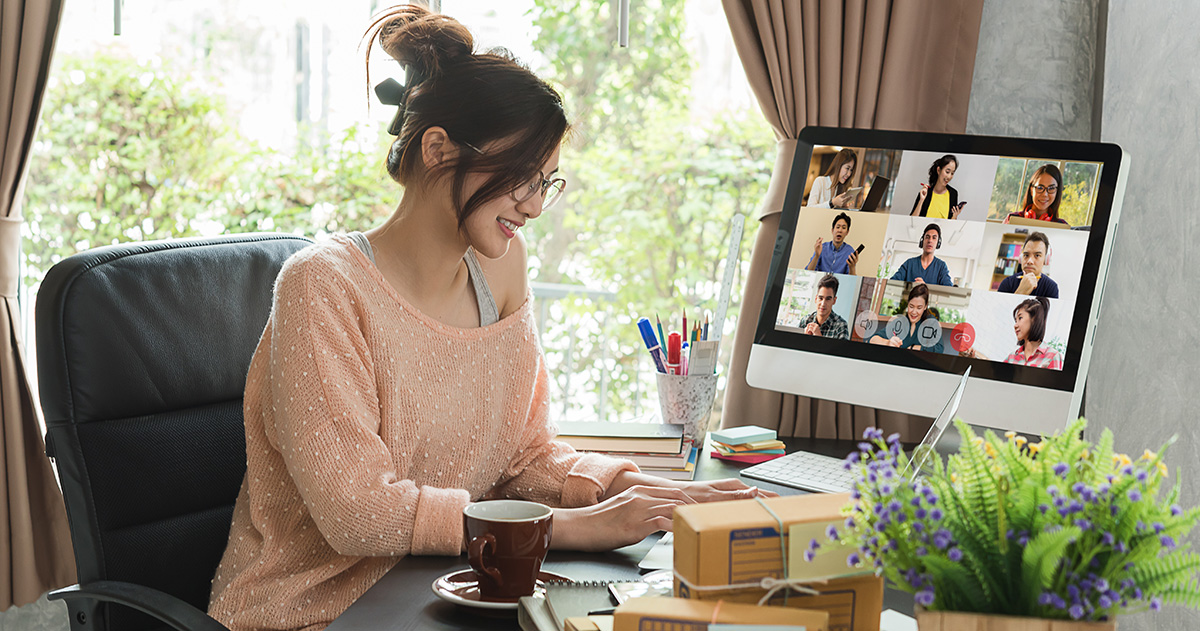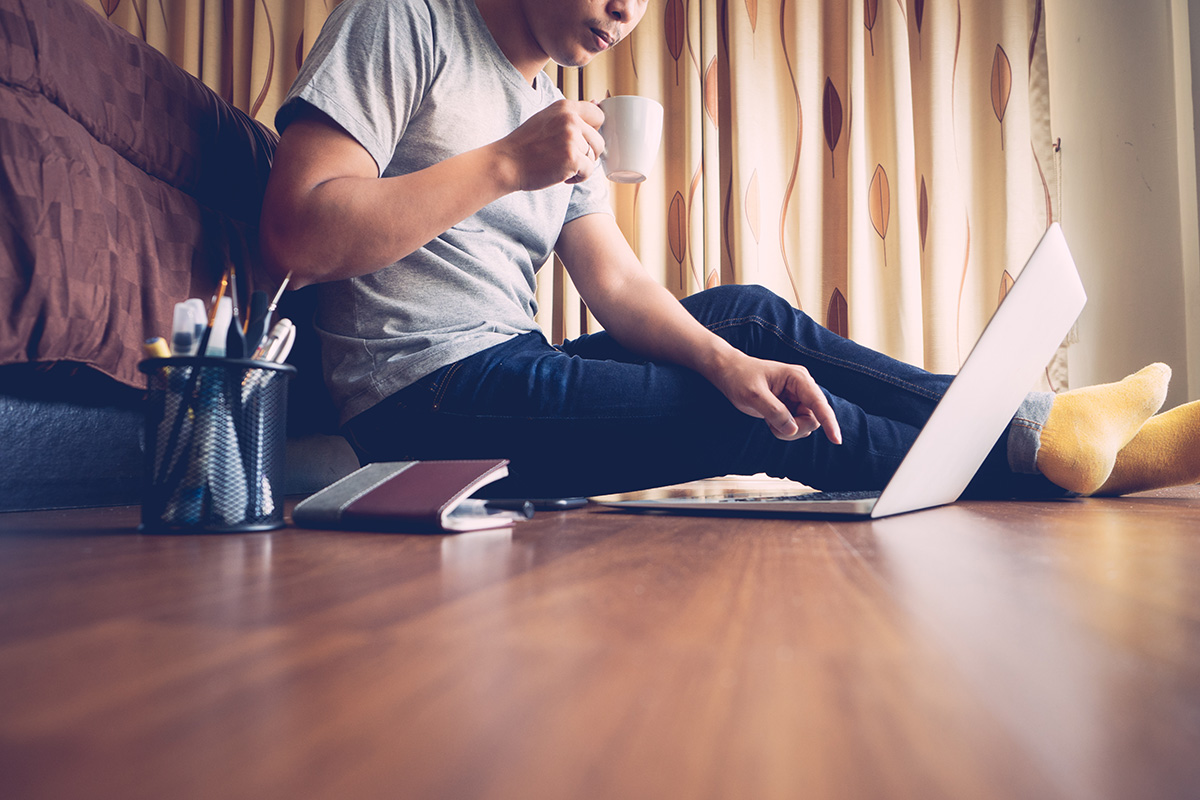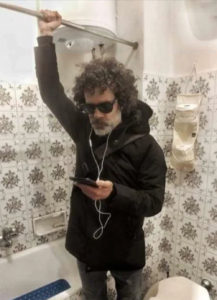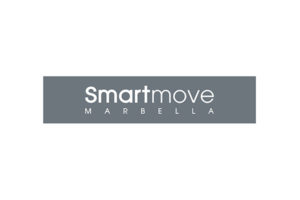
Article by Victoria Wood
The pandemic has changed the way we work…probably forever.
The term WFH or ‘working from home’ now appears in the urban dictionary as the surge of people working from home becomes a concept that is here to stay.
The positives & negatives
There are a great many benefits to support WFH. Employees can reduce their overheads massively by needing less permanent office space, equipment, and facilities. Environmentally, if less people are travelling to and from a work space, traffic reduces, congestion on public transport lessens, and rush hour can become a concept of the past.
A few hiccups occurred across the world as off-site working became the only option for many workers during lockdown-restricted living; power issues and access to strong enough bandwidth being minor details that were soon overcome. Those with young children and a sudden lack of childcare were those faced with the most challenging disruptions to their work day. However, once lockdowns lift and schools and daycare centres are allowed to function as normal, this issue should reduce.

There are some interesting debates over the pros and cons of working from home. There is the mourning of office camaraderie, the perks of working in a shared space with your colleagues, having help at hand to discuss the morning reports, stepping out for lunch with your work pals, making use of the facilities, feeling part of and belonging to something outside of home life, that working community, the separation of personal lives and work lives, and that ‘they’ pay the bills!
It is possible that post-pandemic co-working spaces will rise in popularity as people search for solutions to their new WFH situations, some will even opt for a new home with more space, there will be many personal and individual needs to be adapted to and met. That said, there are many people who are enjoying the idea of having more flexible hours and no longer having to factor in a commute, however, this all depends on whether you can allocate a comfortable, quiet space to work. What happens if you live in a shared home? Or a small apartment and there is no extra area to use as a working environment?
Optimising space
There are ways we can optimise space, even if it has to be a morning routine to organise and transform it, to ensure that you have a comfortable and functional work area.
A dedicated workspace is the most desirable option, even if it is just a corner in your bedroom or kitchen – that it remains the same optimises productivity. To avoid as much distraction as possible is also an absolute must; you don’t want to be perched on a stool with a clear view of the fridge and be constantly tempted to snack, nor would being situated in a room where children might be studying or watching television, for example, be particularly productive. The space with the least amount of potential interruption is the one you need to allocate. This may mean moving some furniture around and reorganising somewhat, but it will be worth it.

I have many friends who have found themselves in this predicament and have dedicated a corner of one of their children’s bedrooms as their working environment, meaning of course that the child themselves has been ousted from their own room for a set amount of hours per day, not ideal, but a separate space nonetheless. Others have opted for altering their own bedroom to accommodate an office-like area as it is one of the most quiet areas of the home, however this doesn’t give much variation to the day if this is where you sleep and work!
If you are lucky enough to have a shed, summer house or outside area with shade and electricity, this may be a better option as you are removed from the daily workings of the home, and interruptions can be kept to a minimum. After some adaptation period the rest of the family do get used to the concept of leaving the workers alone, it just takes some time for everyone to realise that you’re officially at work, maybe a sign on the door will help during the transition period!
So, in order to optimise our home workspace, there are little additions and alterations we can make to increase and support our productivity.

Minimise: Study after study has shown that a cluttered work space reflects a cluttered mind and vice versa. In order to clear your mind you must have a clear desk. This means only the absolute essentials should be present in your area of work. Not only is this less distracting, but it boosts our creativity as we are less occupied mentally; if the space around us is clear – our minds are clearer. Anything you do need to have around you, ensure that each item has a ‘home’.
Essentials: You have to ensure that you have everything you need for the working day set up and ready to go. There’s nothing worse than not being able to find a pen, not having sufficient data for that online meeting you need to be at, or having to switch plugs around due to lack of outlets. Work out exactly what supplies you will need and make sure all these requirements are, and can be, met before you begin. Make sure you’re fully stocked on stationary and have a back up of printer ink for example. Anything you could possibly run out of mid-working day should have a back-up supply to hand.

Natural Light: Where possible you should situate yourself in a room or area where natural light is available. This is far better for our natural productivity and puts less strain on our eyes. As well as this, a place with an open window to allow in fresh air is an excellent bonus and keeps us more energised during a long working day. If you happen to live within the smog of an inner city you may want to consider an air purifier. Also a healthy dose of plant life will provide us with that little extra oxygen and a good old nature boost which helps to reduce stress.
Colour boost: If your working area happens to be very plain, a pop of colour has been said to affect our consciousness in different ways. Blue is an intellectual colour whereas green balances us and yellow incites our emotions. See what works for you but adding a splash of colour to your environment can help to boost productivity as well as minimise stress levels.
Comfort: If you are going to be sitting in a chair for most of the day, that chair has got to be good for your posture and, of course, be comfortable. Investing in a good chair is definitely the way forward, and that this be only used by you for the purpose of work. You may want to switch between an ergonomic chair and an exercise ball for certain moments during the day to give your body a break from the monotony. Also every hour we should move and stretch for at least ten minutes. Sitting down all day is not good for us, so we can, at least, do our best to be comfortable and promote a healthy spine with a good chair. If you are hunching over a laptop for hours each day, you may want to consider a stand for it, a mouse and mouse-pad, separate keyboard, arm rests, etc are all alternative additions which could make the working day a lot more comfortable. The height of your chair in relation to your desk ought to be at a specific level to promote healthy posture. Your knees should be at a 90º angle when your feet are placed flat on the ground.

Promote positivity: Anything which inspires you in a positive way can take a place in your workspace. A particular piece of art, a colourful blanket, an aromatherapy candle or room diffuser, a view, your lucky slippers, teddy bear, whatever happens to give you good vibes (within reason) should be allowed a seat at, or near, the work space.
Establish boundaries: Wherever your workspace happens to find itself within the home, it is really important that we minimise distraction. To be able to close the door to the rest of the house is vital in establishing and maintaining boundaries for yourself as well as the others who you may reside with. It is also important to keep a schedule as you would at the office or outside workplace. Take breaks at regular times, stop for lunch at the same time each day, take tea or coffee breaks as you would if you weren’t at home. It is also beneficial to take a walk at some point during the day, to stretch the legs as well as the mind, get some fresh air, and a fresh perspective to keep you going for the rest of the day.
Get ready: Experts suggest that actively getting ready for work, even when no one is going to see you, and you are not going to leave the house, is imperative for focus, clarity and being productive. Maintaining a morning ritual helps us to mentally prepare for the day ahead. Turning up to your office space in your nightwear with bed hair is not going to be as effective as getting up in good time, taking a shower, wearing ‘work’ clothes, and having a good healthy breakfast first. Perhaps even slipping in the morning workout or walk will better help to prepare you mentally and physically for your day.

However you manage your personal working environment, it is important to consider and factor in all of the above in order to be at your most productive, maintain a good level of comfort, and promote that physical and mental balance needed to optimise your working day.
A recent article in Harvard Business Review: 3 tips to avoid WFH Burnout – is worth a read as it covers the longer term risks of WFH – burnout.



































































